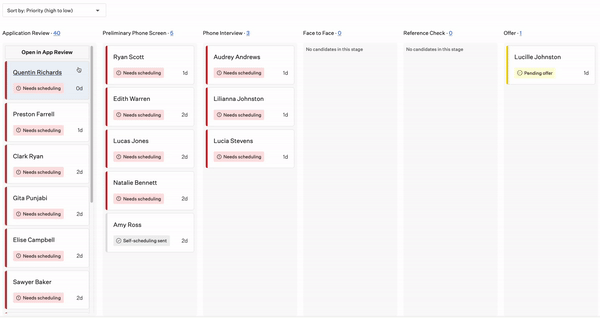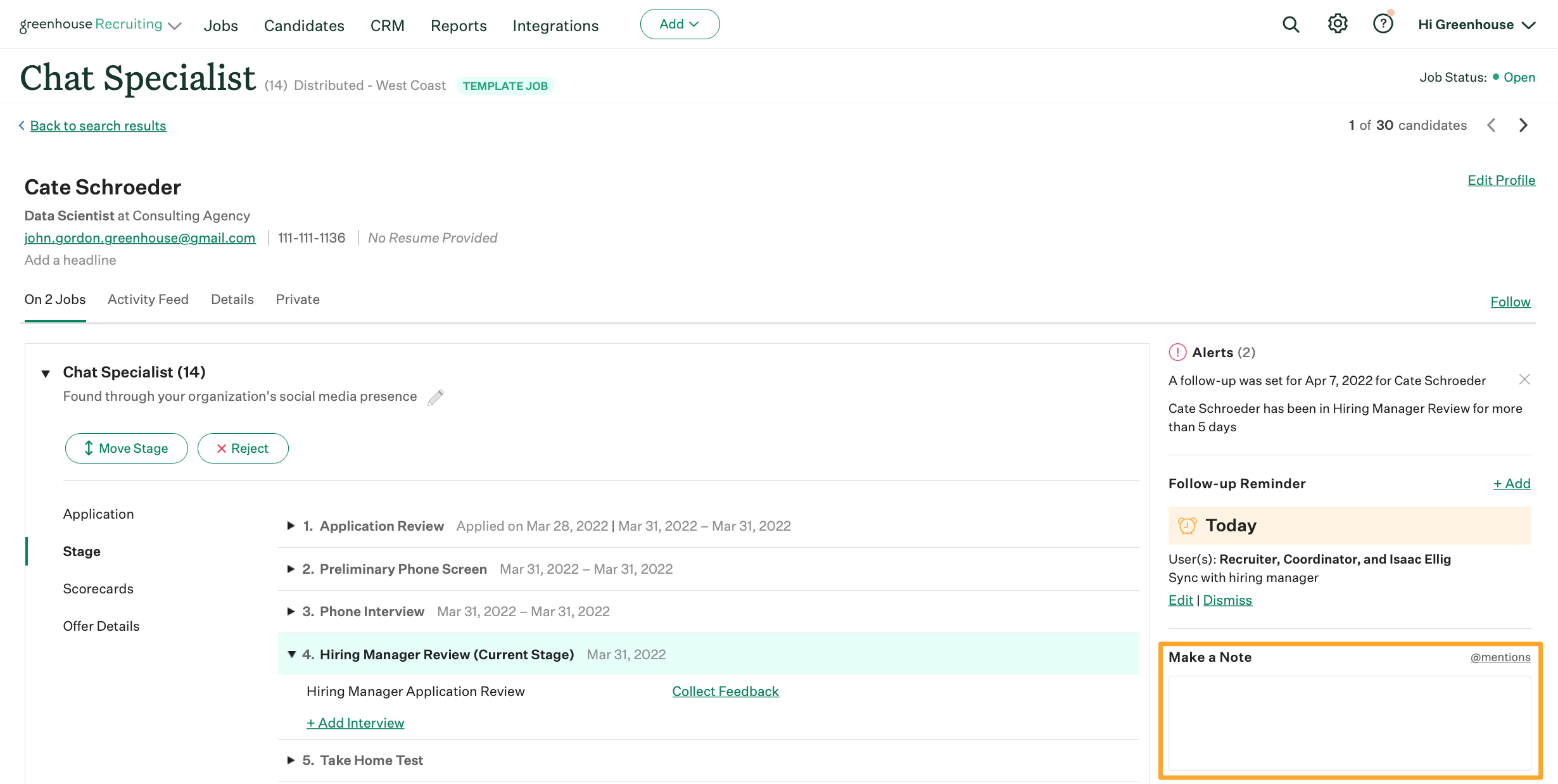I need to hire a lot of people until the EOY for my department, our recruiters are bringing some candidates, but we are constantly dropping the ball, forgetting to reply, confusing them with each other, or cannot negotiate contract details on a final step. What am I doing wrong?
My friend, who is a CPO in a startup is asking this question. They need to dramatically scale the team due to a good traction, but they don't know how. We have done many iterations of improvements for our hiring process at Bravado and I'm happy to share some learnings.
Figure out your interview steps
Decide what steps you want to have in your hiring process and make it clear for everyone to follow. These are the classic interview steps to hire an engineer:
Intro
Make sure both you and candidate are aligned on expectations. For candidate it means you can afford to pay the expected compensation, provide the role they are expecting, let them make technical decisions, work remotely, etc.
For company it means the candidate potentially has the relevant experience and is ready to deal with company-specific issues (multiple timezones, communication language, leadership structure, industry, etc.)
Technical assessment
There are many ways to check someone's skills. You can do verbal interview, live coding session, take-home assessment, etc. We are trying to stay flexible here so this can be discussed with candidate, but my personal preference is take home technical assessment. Ideally some isolated product feature that you can "outsource". It also makes sense to pay for this work for outstanding candidates.
Culture fit call
It is important to make sure the person has good language skills, is ready to discuss problems and suggest solutions, etc. This call can be done by the ops team or product manager who is expected to work with the candidate in future. The purpose here is to make sure communication will not become an issue in future.
Final call
Once you know the candidate is interested, skilled, has good communication skills and you have alignment on the employment terms you need to do this final step resulting in a signed contract. If you fail this step you did something wrong of previous steps - didn't align on salary expectations for example. The success rate of this step should be close to 100%.
Make sure you use good tools
Hiring often starts from a bunch of emails being sent and at a low volume you can keep everything in your head. But once you have 10+ candidates in a pipeline, it quickly becomes tricky to remember who is who, why candidate A is doing live coding, candidate B is working on take home assessment (and when they started) and candidate C has no message from us in a few weeks.
The easiest solution here is to use recruitment software designed specifically for this purpose. Here's the list of common pitfalls of a hiring process and how these solutions can help you:
Too many candidates making the process messy
These tools have visualization, usually columns according to your interview steps. You can easily see what candidate is currently on which step.


Hard to remember specific needs of candidates
You like candidate, but it's hard to understand their accent? The candidate is strong but is a little bit expensive? You can start from taking notes in your notepad, but it will quickly become a mess. Hiring software has a card for each candidate and every interviewer can add their comments - at a final step you can review all of them and get the full picture. This is especially helpful if you have many steps and you need to collect feedback from many people.

Easy to reply on time
The tool will help you to stay in touch with each candidate, providing you with reminders, auto replies and message templates (useful for rejection emails, more on that later). One good practice that helped us a lot was a part-time Ops person, who was helping us with communication and questions from candidates. The only thing the hiring manager needs to do in this case in to tag this person in candidate card with their request (e.g. "Please send them our demo credentials and frontend technical assessment link"). It also makes easy to transfer candidates between hiring managers:

Easy to impersonate
One good experience you can provide your candidates with is having a single point of contact, ideally hiring manager. The problem, though, is people sometimes get sick, have vacations or too busy with other stuff. The life-saving feature in this case is email impersonate thing. Hiring managers are connecting their email accounts to the hiring tool and they can send messages right from the candidate cards. This also makes it easy for others to send messages from your behalf, which feels much better and personal compared to some general recruiter messages.
Everything related to a single candidate in one place
Use candidate card to not only collect notes from interviewers, but also keep the history of communication. All the emails sent to and from the candidate will be stored in a single place and you can easily track how the communication was going, if they had some specific requests, etc. This is especially useful before the final call, when you are compiling the final offer - this page can help you understand what they were asking for, any specific conditions in their contract they were asking. etc.

Other useful things
Of course, these tools have much more than that. They have Calendly-like interview scheduler with round-robbin that can help you evenly spread the load between your team of hiring managers. They have job boards integrations, public application UI, scorecards and much more. The features I described here are the features that I think were the most useful for us and it is hard to replace these features combining other tools on a market.
React as soon as the ball is on your side
The candidate failed the technical assessment? You decide they are not the right fit because of communication issues? Background check shows a lot of red flags? There's no reason for this person to stay on hold. Let them know they are not a good fit ASAP. Be polite, but fair - describe what you didn't like about their technical assessment, share a bunch of examples of the issues you noticed, etc. Use the hiring tool to send them a message from the hiring manager, have a few templates that you can edit before sending and ideally have a person who is helping you with all of that, especially if you have a big volume of candidates.
The same is true for the offer - there's no need to wait extra time if the candidate has finished all the steps successfully - schedule a call with them and discuss the start date as soon as possible. You will reduce you time-to-start metric, and a candidate will have a better experience having all the messages from you in shortest amount of time.
Conclusion
The described approach is something that worked well for me and my team when we had a very intense hiring spree. We faced with many common issues like missed messages, messy process and weird assessment protocol and found solutions for every problem. Implementing things described above helped us to handle a very high volume of candidates (literally hundreds of people) in a pipeline without having delays or bad candidate experience - these things are not rocket science and hopefully they can also help you.

